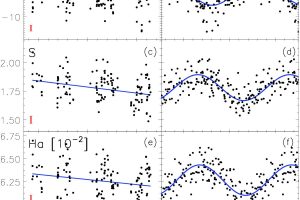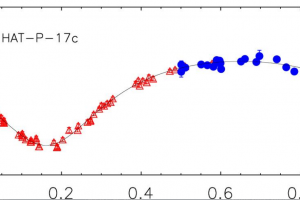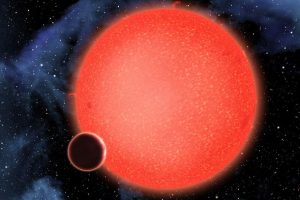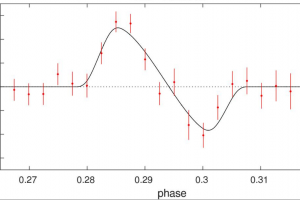A new super-Earth discovered thanks to Harps-N. The study “HADES RV Programme with HARPS-N at TNG. GJ 3942 b behind dominant activity signals” of M. Perger published by A&A

The analysis of radial velocity is one of the two main methods used to detect exoplanets. This method consists in measuring the Doppler effect on stellar spectra deriving the velocity component along the line of sight (the radial velocity). If the star has a planet, they both orbit around the common center of mass, producing periodic oscillations of the osberved
» Read more




